Treatment Options
Nail Surgery
Surgical procedures are commonly performed to treat recurrent nail problems such as ingrown nail. An ingrown toenail is a nail that has pierces (or is pressing against) the adjacent skin of the toe causing pain and inflammation and sometimes infection.
Surgery may be require when an ingrown toenail repeatedly gets infected, is continually painful, the sufferer is unable to wear shoes or the condition inhibits your lifestyle such as work, sporting or other activities.
One of the most common nail procedures is partial nail avulsion. The procedure is usually performed in our clinic and the patient is able to walk out immediately afterwards.
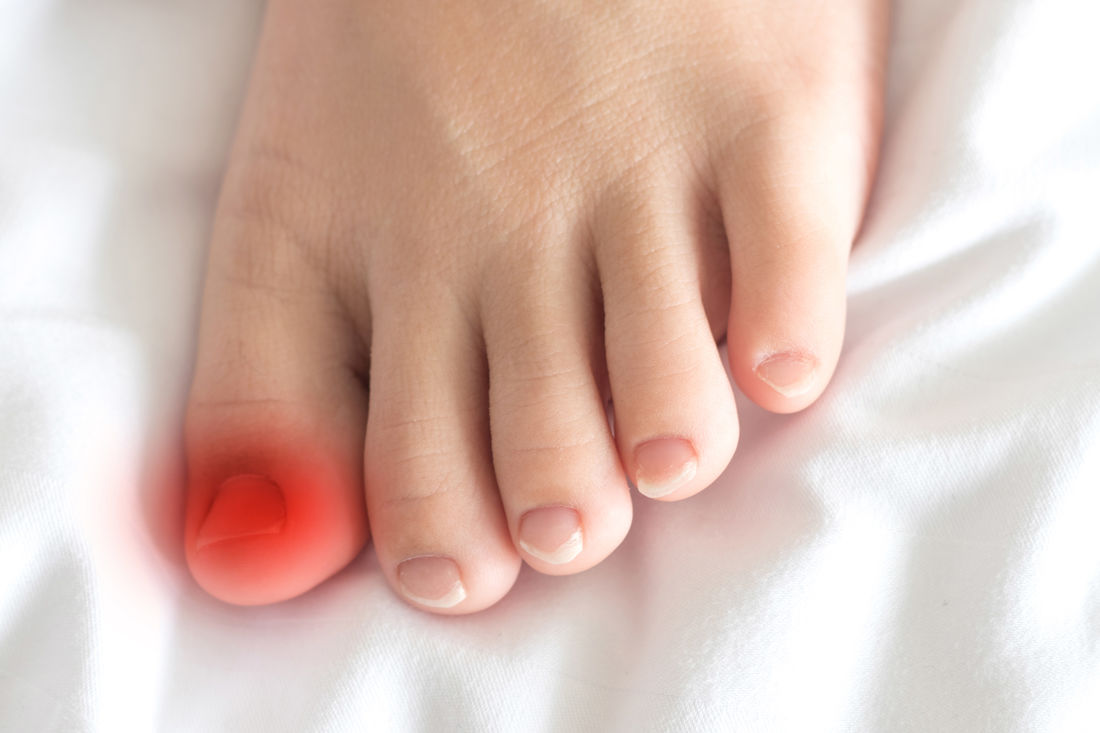 |
|
Fungal Nail Treatment
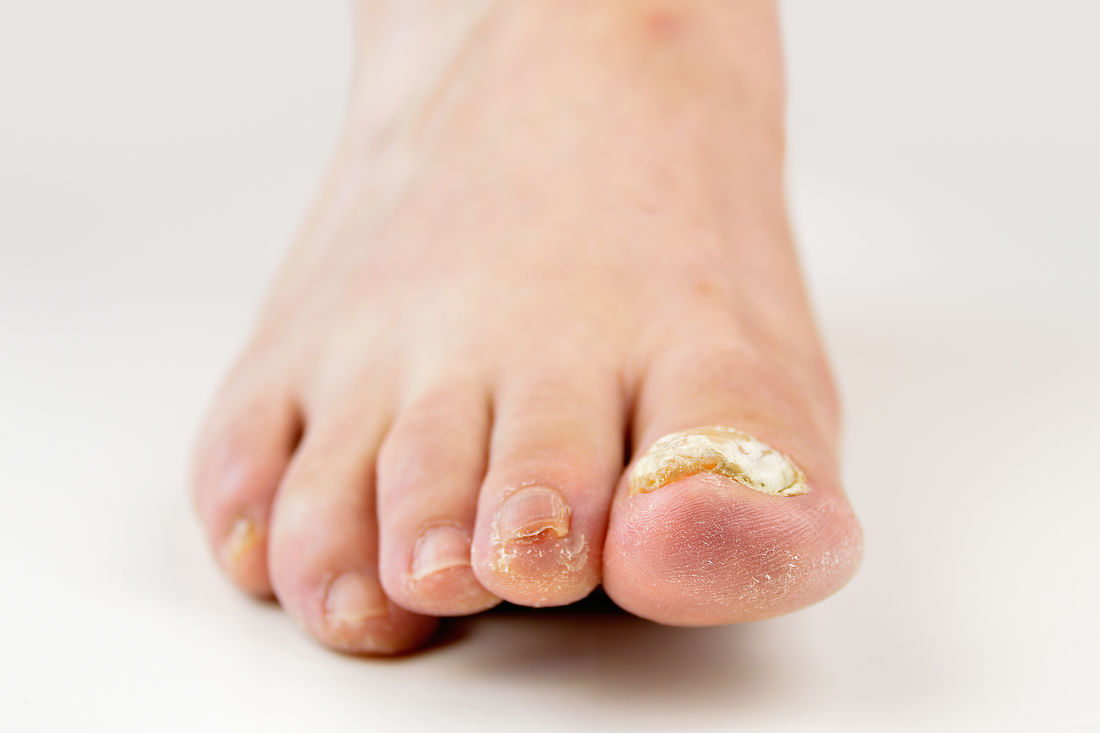 | Specific podiatry treatment using sterilised equipment and is applied by a fully certified Podiatrist. |
Prescription Custom Foot Orthotics
Foot orthoses are shoe inserts designed to support, align or improve the function of the foot. They are commonly referred to as ‘orthotics’ and fit comfortably inside your shoes.
 | There are many different types of orthoses. The orthoses recommended by your podiatrist are prescription devices, custom-made to suit your individual needs and biomechanics (the way your body moves). A good orthotic with flexible arch support and rearfoot posting is an effective device to reduce the over-pronation and allow the condition to heal. Every time your foot strikes the ground, the plantar fascia is stretched. You can reduce the strain and stress on the plantar fascia by wearing shoes and orthotics that support your arch to prevent over-stretching of the plantar fascia. |
Prolotherapy
What is it?
Prolotherapy is a very promising and successful medically researched treatment utilised to repair soft tissue to heal injuries involving tendons, ligaments, muscles, nerves and cartilage. This simple technique is a quick, easy, safe, fast acting and cost effective treatment used to increase strength, mobility and to relieve pain.
Prolotherapy is minimally invasive natural solution of glucose and local anesthetic that is injected into the damaged soft tissue causing a local inflammatory process to stimulate the body's natural healing mechanism, resulting in the deposition of new collagen to aid regeneration and assist pain.
In Short
Prolotherapy is one of the latest and most promising medically researched treatments in the regeneration and repair of soft tissues to heal injuries involving tendons, ligaments, muscles and cartilage. It’s safe, effective and non-surgical, assisting the body’s natural healing mechanisms.
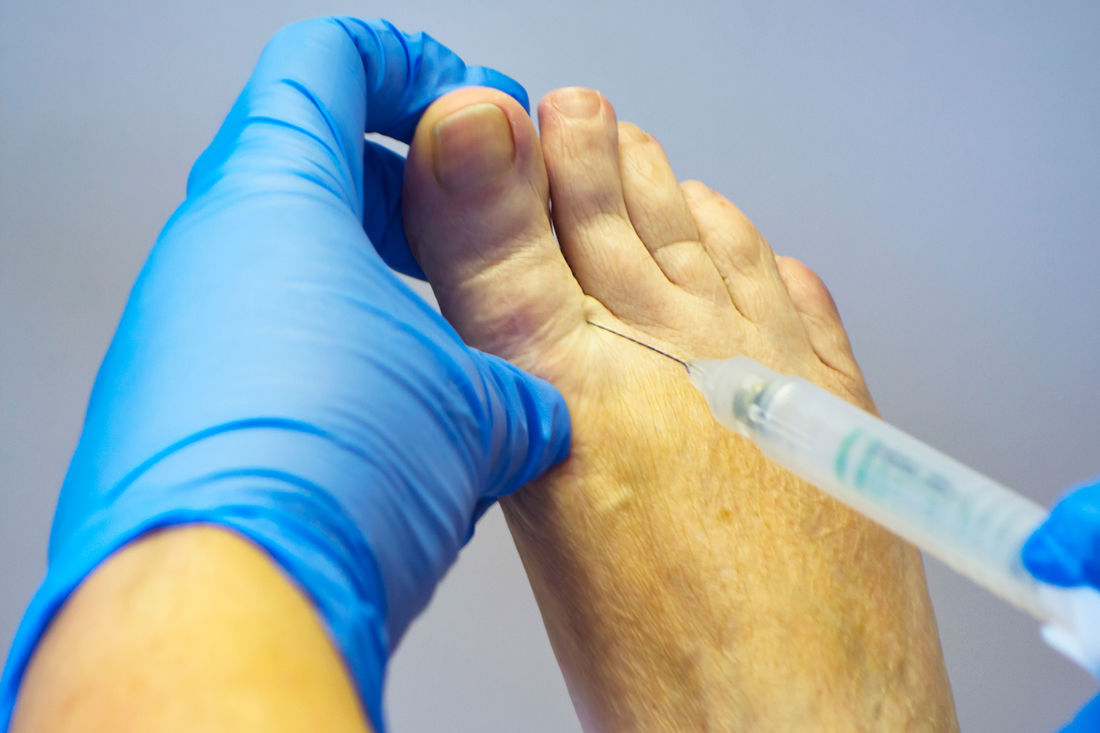 |
|
Foot Mobilisation Therapy (FMT)
Foot Mobilisation Technique is a treatment that uses gentle, pain free mobilisation of specific foot and ankle joints that may have become stiff and lack normal movement. Regular FMT aims to gradually restore proper movement and get the feet working the way they should. When your feet function correctly, everything works better!
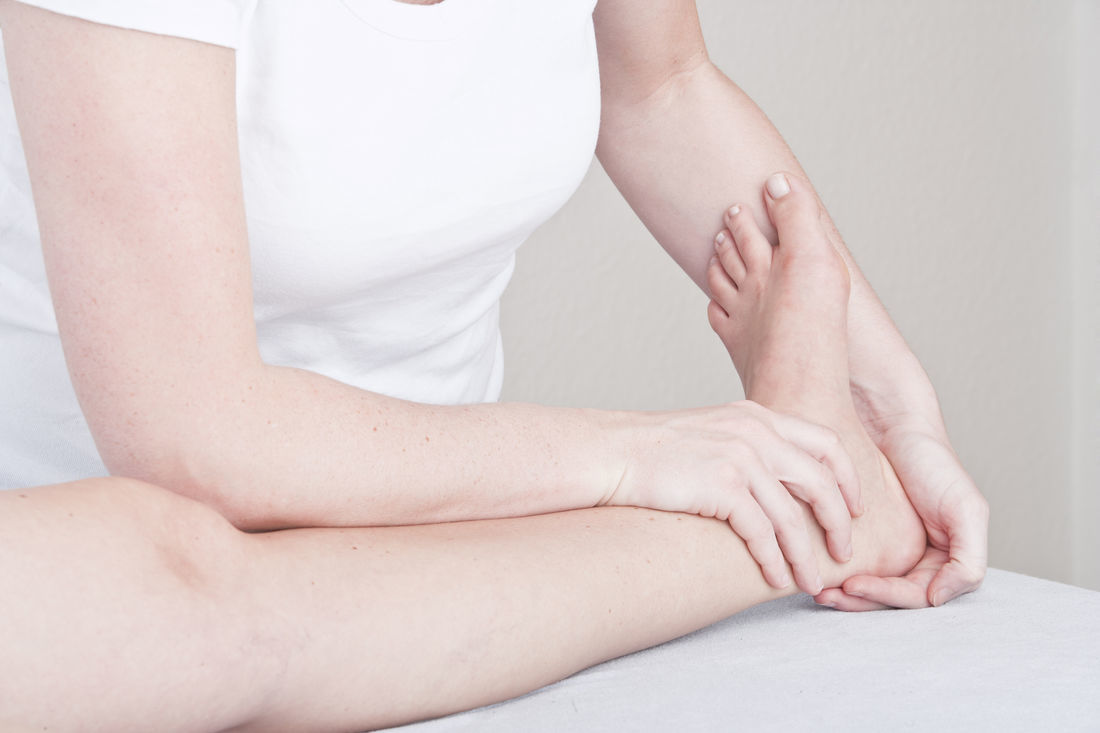 | FMT works best when it is combined with stretching and strengthening exercises and, at Pioneer Podiatry, we often use it in conjunction with Custom Orthotic Therapy for improving treatment results. |
Dry Needling
Dry needling is an effective treatment used to treat musculoskeletal pain. Once musculoskeletal pain becomes chronic, it is often associated with tender ‘trigger’ points usually situated in the muscle belly, muscle insertion, muscle-tendon junction or fascia; and are ususally tender to massage and as a result restrict movement in the joints as well. Dry Needling can release these “Tender Spots” or Trigger points and allow the muscle tension to release. If you have foot or leg pain, you may benefit from dry needling.
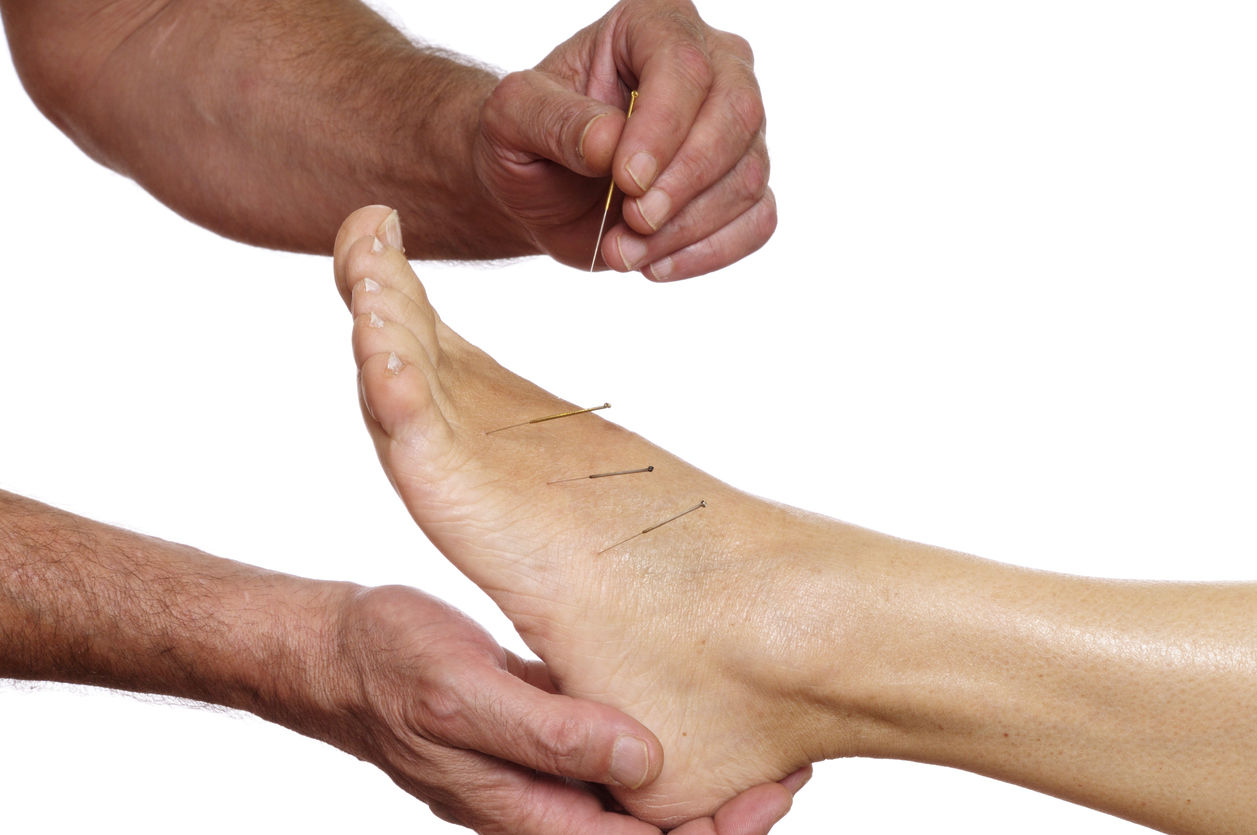 |
|
Footwear Prescription
It can be hard to get good footwear advice. Sometimes you walk into a shoe shop to see a huge wall with hundreds of different styles, designs, and colours. How do you make the right decision for your feet, your sport, your job, your life?
 | Come and see us, the foot health experts, for a full assessment and footwear prescription. We have a range of footwear and a great network of great footwear suppliers and we can source specific shoes for difficult feet. |
